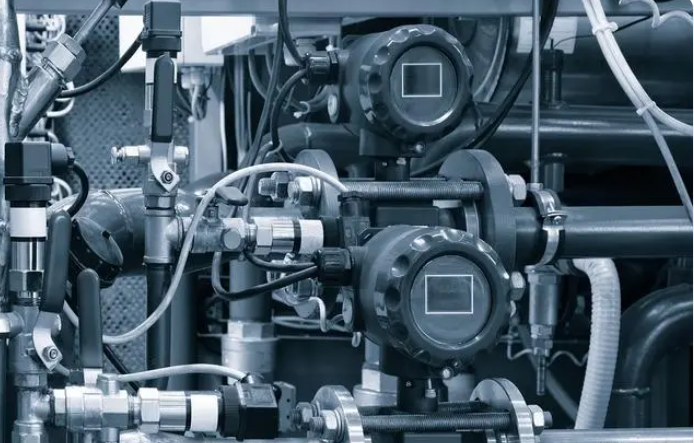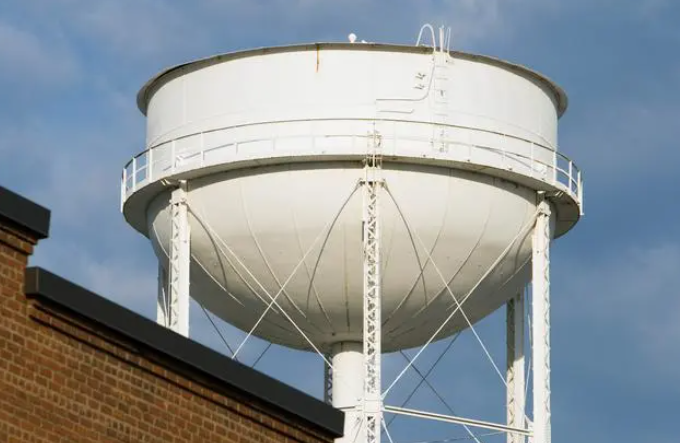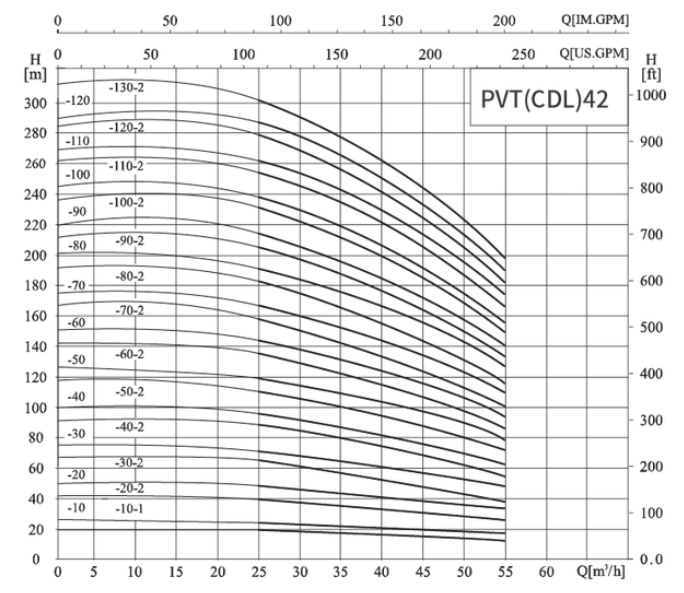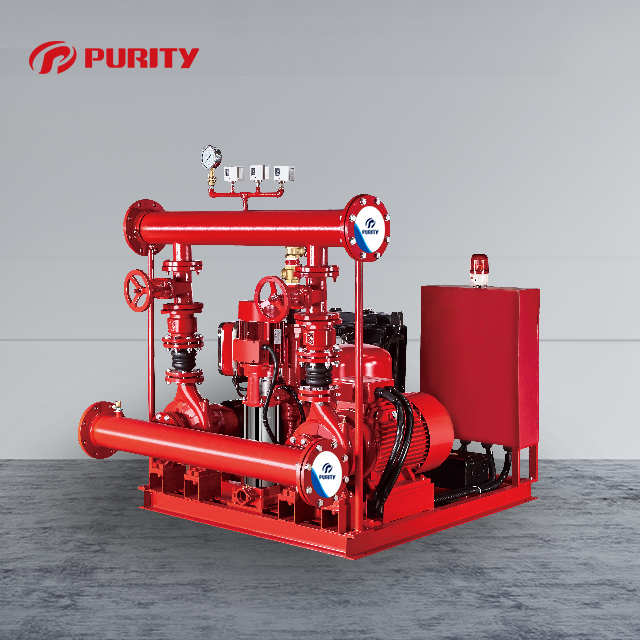Different types of water pumps have various scenarios that they are suitable for. Even the same product has different "characters" due to different models, that is, different performance. These performance performances will be reflected in the parameters of the water pump. Through this article, let us understand the parameters of the water pump and understand the "character" of the water pump.

1.Flow rate (m³/h)
Flow refers to the volume of liquid that a water pump can transport per unit time. This data will be marked on the nameplate of the water pump. It not only represents the design flow of the water pump, but also means that the water pump operates with the highest efficiency at this flow rate. When purchasing a water pump, you need to confirm the amount of water supply you need. You can estimate it based on the water tower, pool, and water consumption.

Picture | Water Tower
2.Lift(m)
To put it more complexly, the lift of a water pump is the net added value of energy obtained by unit mass of fluid through the pump. To put it more simply, it is the height of water that the pump can pump. The lift of the water pump is divided into two parts. One is the suction lift, which is the height from the suction water surface to the center point of the impeller. The other is the pressure lift, which is the height from the center point of the impeller to the outlet water. The higher the lift, the better. For the same model of water pump, the higher the lift, the smaller the flow rate of the water pump.

Figure | Relationship between head and flow
3.Power (KW)
Power refers to the work done by the water pump per unit time. It is usually represented by P on the water pump nameplate, and the unit is KW. The power of the water pump is also related to the electricity consumption. For example, if a water pump is 0.75 KW, then the electricity consumption of this water pump is 0.75 kilowatt-hours of electricity per hour. The power of small household pumps is generally about 0.5 kilowatts, which does not consume a lot of electricity. However, the power of industrial water pumps can reach 500 KW or even 5000 KW, which consumes a lot of electricity.

Picture | Purity high-power water pump
4.Efficiency(n)
The ratio of the effective energy obtained by the liquid transported from the pump to the total energy consumed by the pump is an important indicator of the performance of the water pump. To put it simply, it is the efficiency of the water pump in transmitting energy, which is linked to the energy efficiency level of the water pump. The higher the efficiency of the water pump, the smaller the energy consumption and the higher the energy efficiency level. Therefore, water pumps with higher efficiency are more power-saving and energy-saving, can reduce carbon emissions, and contribute to energy conservation and emission reduction.

Picture | Purity energy-saving industrial water pump
After understanding the above parameters related to the water pump, you can basically grasp the performance of the water pump. Follow Purity Pump Industry to learn more about water pumps.